ALFRED DE DREUX (1810 – PARIS – 1860 – PARIS )
Arabian horse
I thought it was about time I shared a Thursday is Art-Day post. This Thursday I’m featuring one my favourite artists, the extraordinary
ALFRED DE DREUX (1810 – PARIS – 1860 – PARIS )
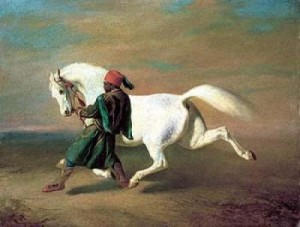
When I lose myself in the art of Alfred De Dreux I immediately notice that the horses represent exactly what my mind’s eye adores about the Arabian horse. The horses I LOVE to write about, a marvellously classic example of a purebred Arabian horse. But how do you define classic?
For me personally it’s partly balance and the combination of a defined musculature and respiratory system. De Dreux displays the Arabian’s sturdiness, deep girth, their ample hindquarters, their tail carriage, athleticism and sturdiness plus a pretty good dose of superior beauty.
Amazon
In ‘The Mounts of Abd El Kader’ (below) De Dreux also shows the relationship and empathy for, and between the groom and the horses.
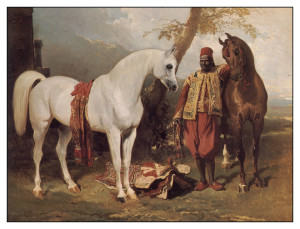
The mounts of Abd El Kader
De Dreux’s artwork brings to mind the words written by Homer Davenport –
“He is a very perfect animal; he is not large here and small there. There is a balance and harmony throughout his frame not seen in any other horse. He is the quintessence of all good qualities in a compact form.”
Etalon Arabe
About ALFRED DE DREUX (1810 – PARIS – 1860 – PARIS )
A fashionable horse painter for over thirty years, Alfred de Dreux is renowned for the romantic, glamorous portrayal of his subjects and his spirited rendering of the horse, which reflect his continental training and background. De Dreux was born in France, the son of an architect. He first studied under Leon Cogniet and then entered the atelier of Eugene Isabey. Throughout his career, however,de Dreux’s work was greatly influenced by Theodore Gericault, who was a close friend of his uncle.
In 1831, de Dreux exhibited Interieur d’Ecurie at the Paris Salon which won him immediate fame. From 1840, de Dreux began his celebrated series of portraits of horses from the famous stables of the duc d’Orleans.
Skewbald Stallion
Following the Revolution in 1848, the French royal family emigrated to England where de Dreux frequently visited them, painting many equestrian portraits of the exiled Emperor Napoleon III and his sons.
Stable companions with greyhound
He returned to France and was commissioned to paint a portrait of Napoleon III in 1859 (Musee de l’Armee, Paris).
A dispute arose over this equestrian portrait and in March 1860 de Dreux was killed in a duel by Comte Fleury, Napoleon’s principal aide-de-camp.
Cavalier-nubens
The work of Alfred de Dreux is represented in the Louvre, Paris, the Musee Camondo, Paris and museums in Bordeaux, Dijon and Chantilly.
Amazone en foret
Buy Carmel Rowley’s books online at http://www.carmelrowley.com.au/buyonline.html
http://www.bridgemanart.com/Default.aspx
Read about Homer Davenport and his interesting life here https://en.wikipedia.org/wiki/Homer_Davenport
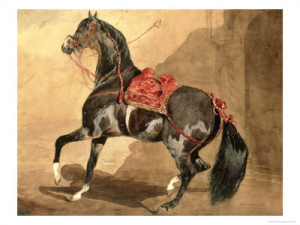
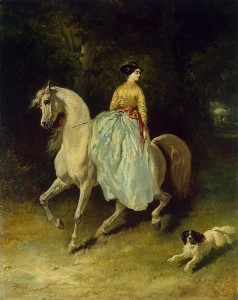
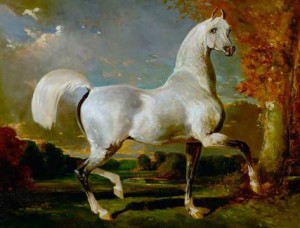
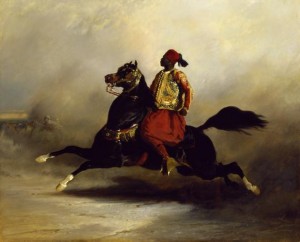
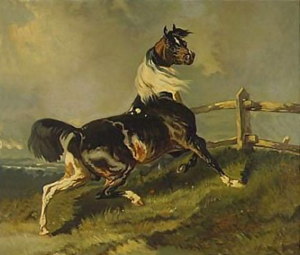
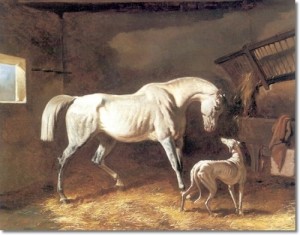
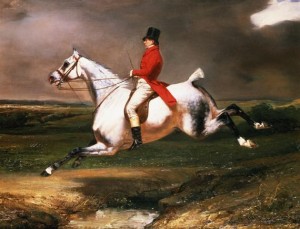
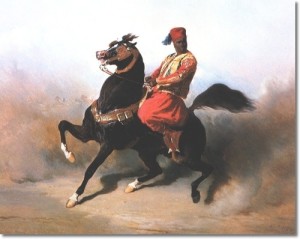
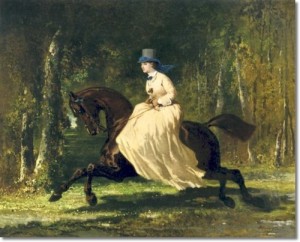
One Response
Luke Hadel
I just wanted to comment as well as say that I actually appreciated reading your blog submit here.